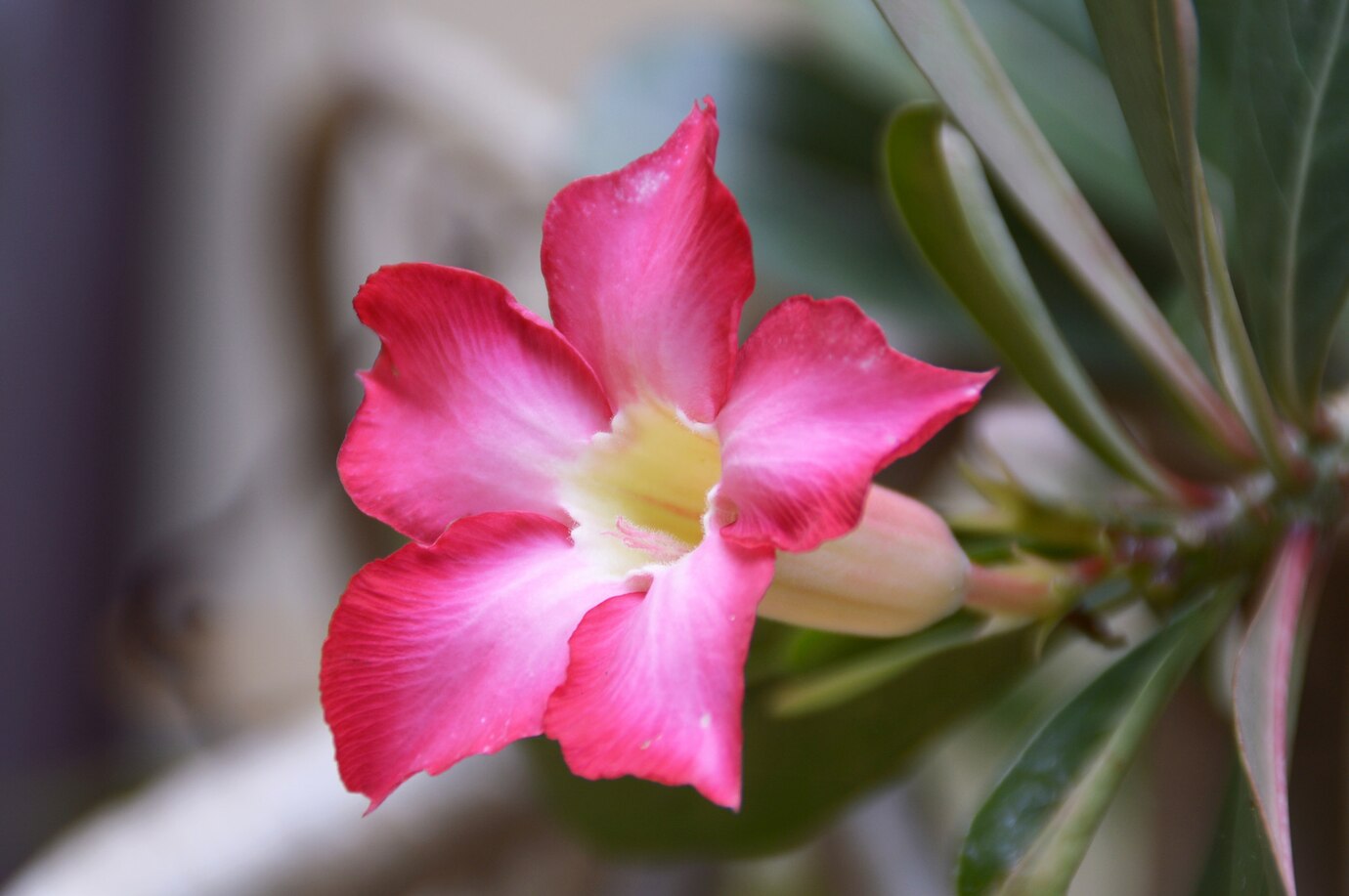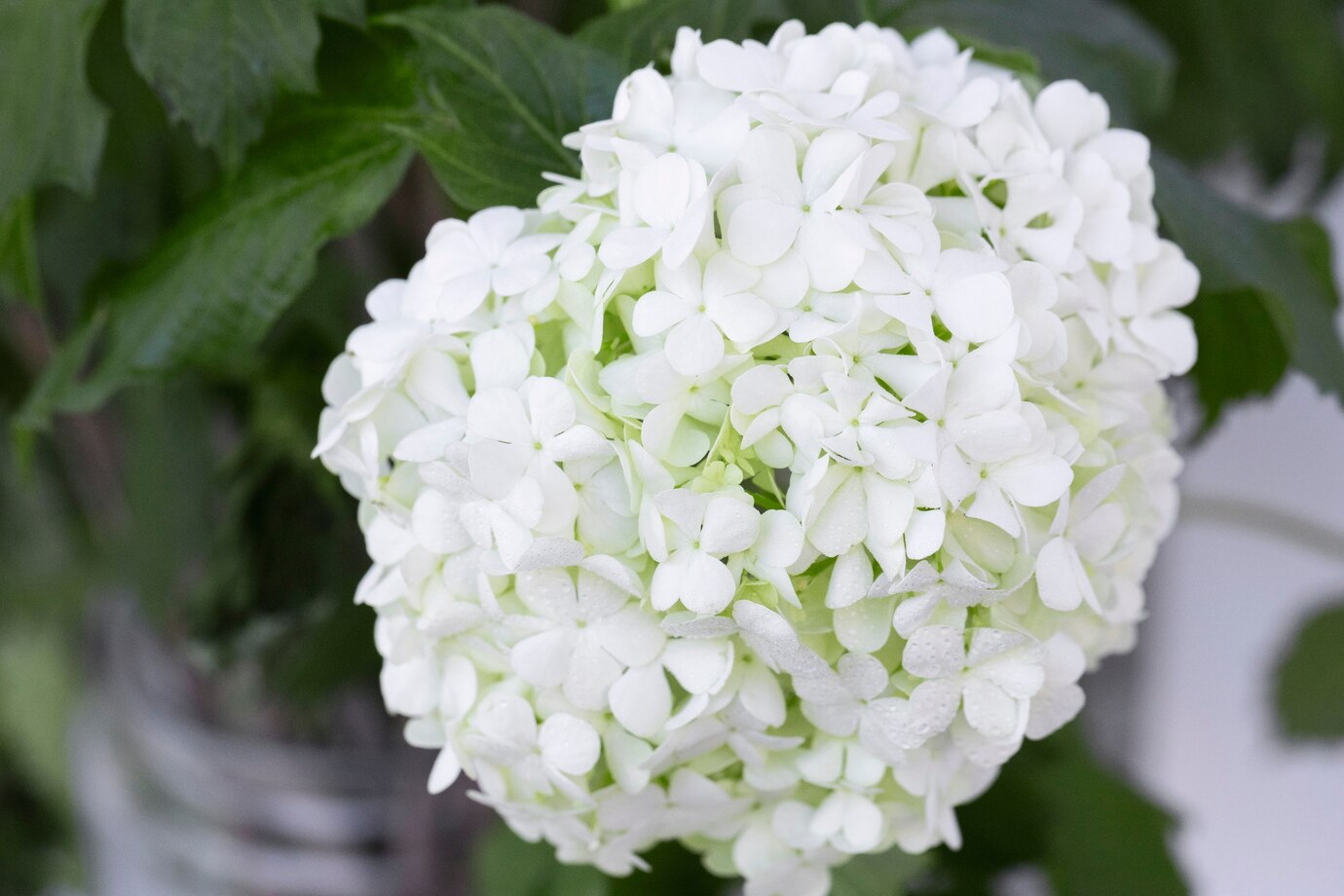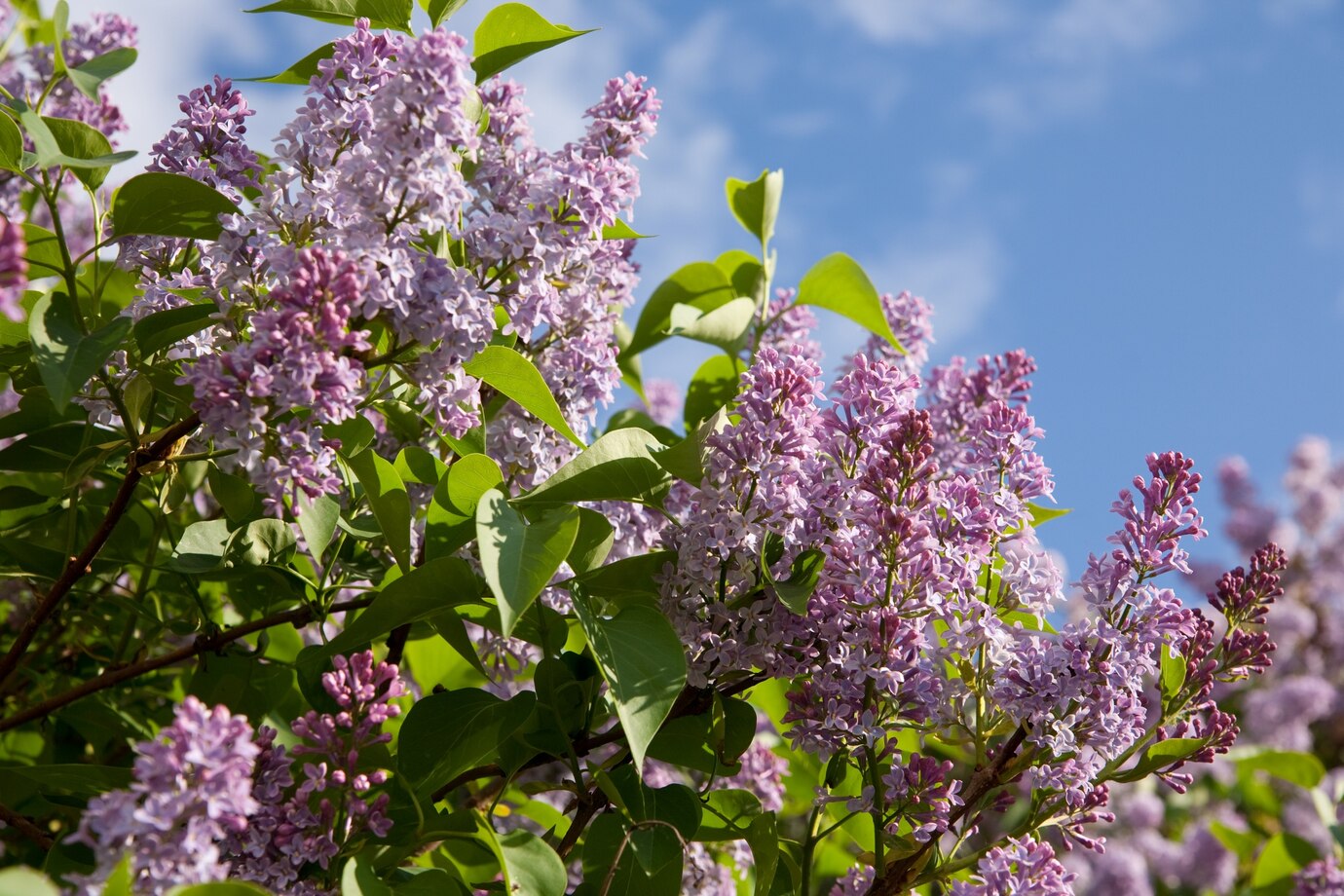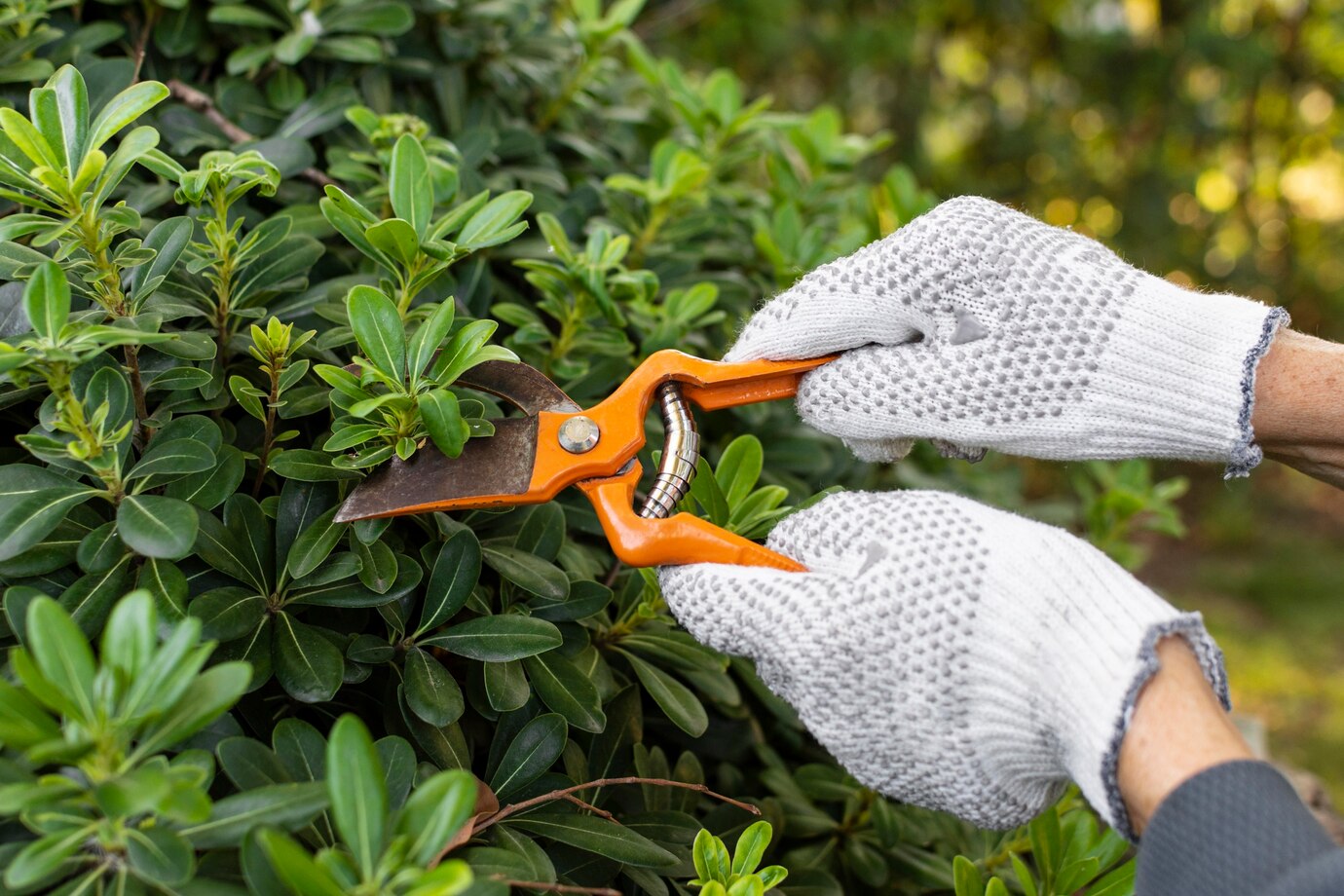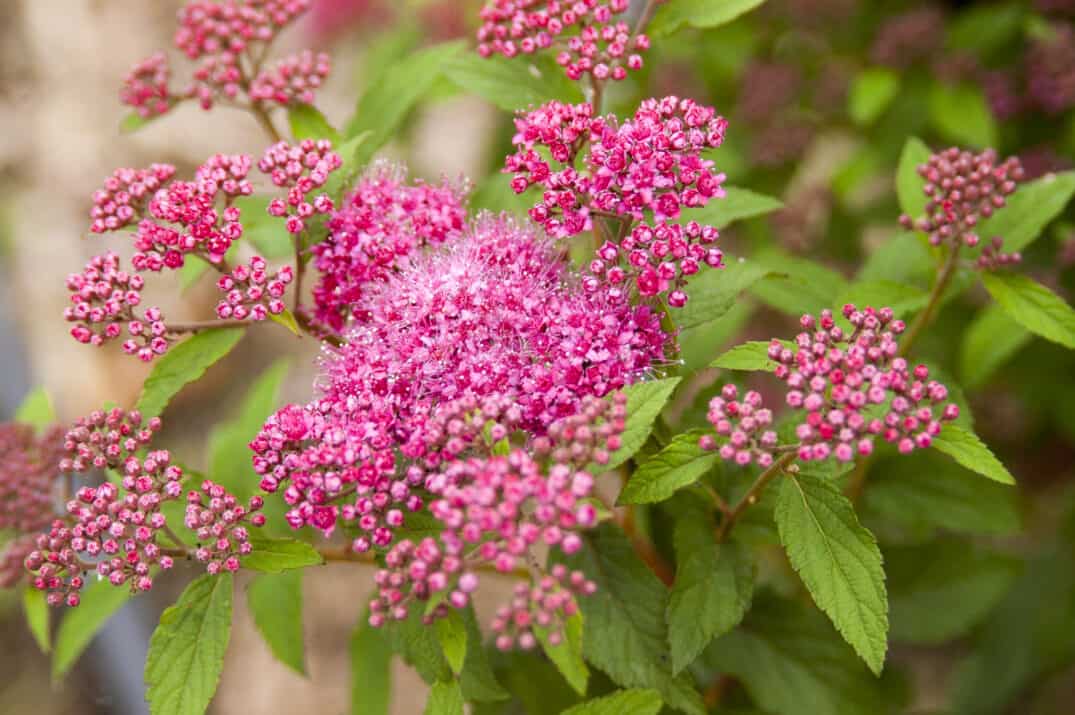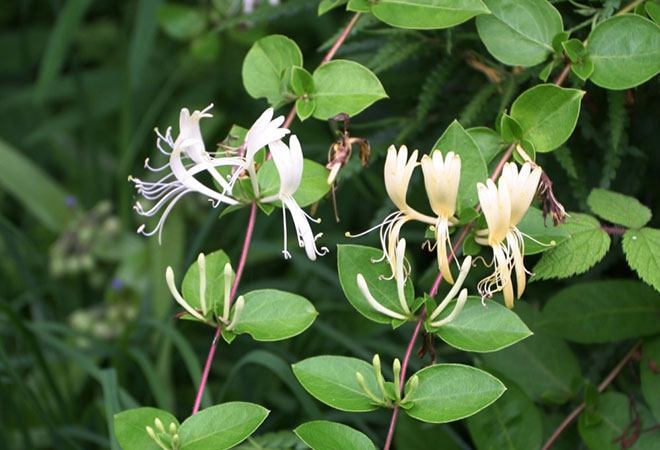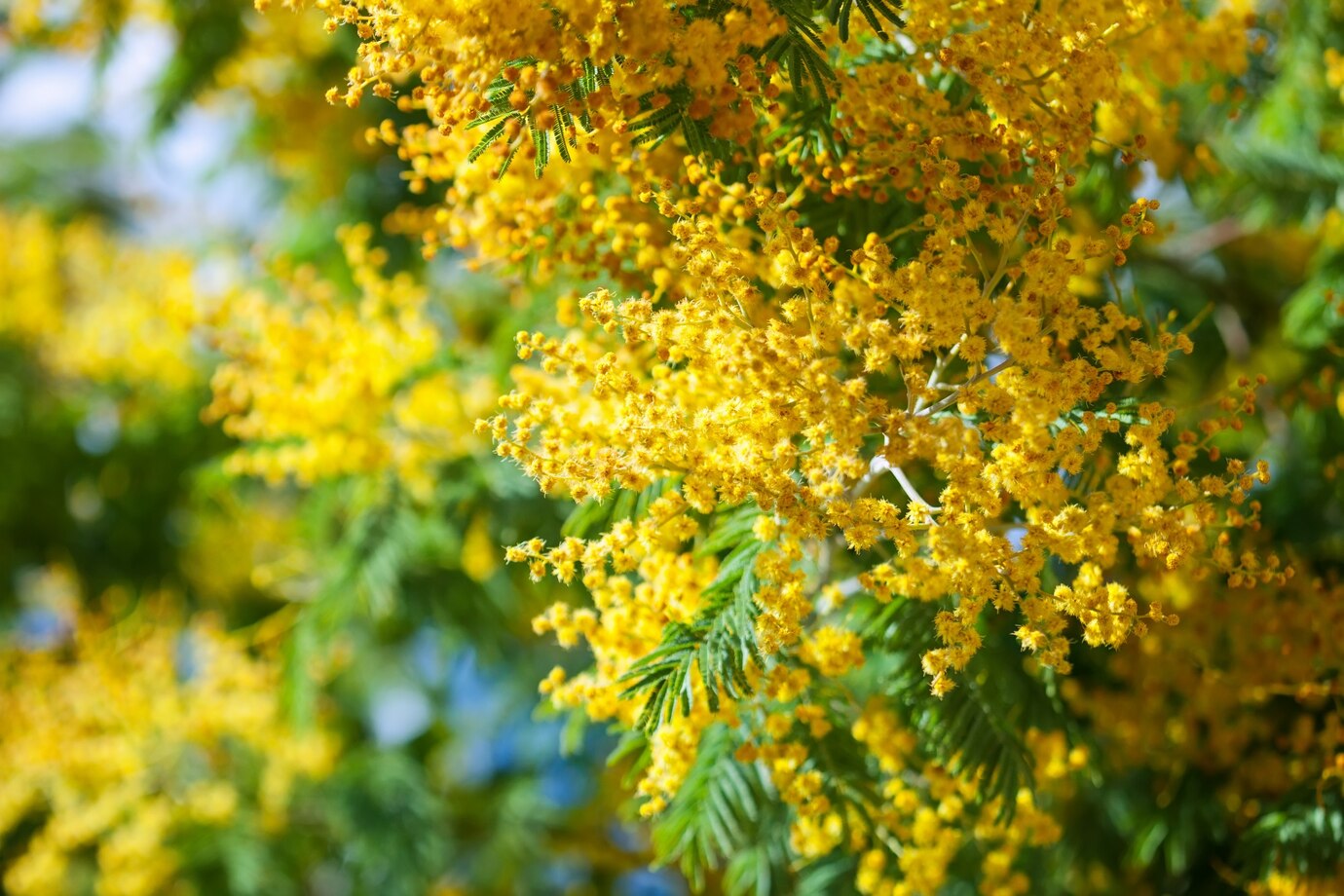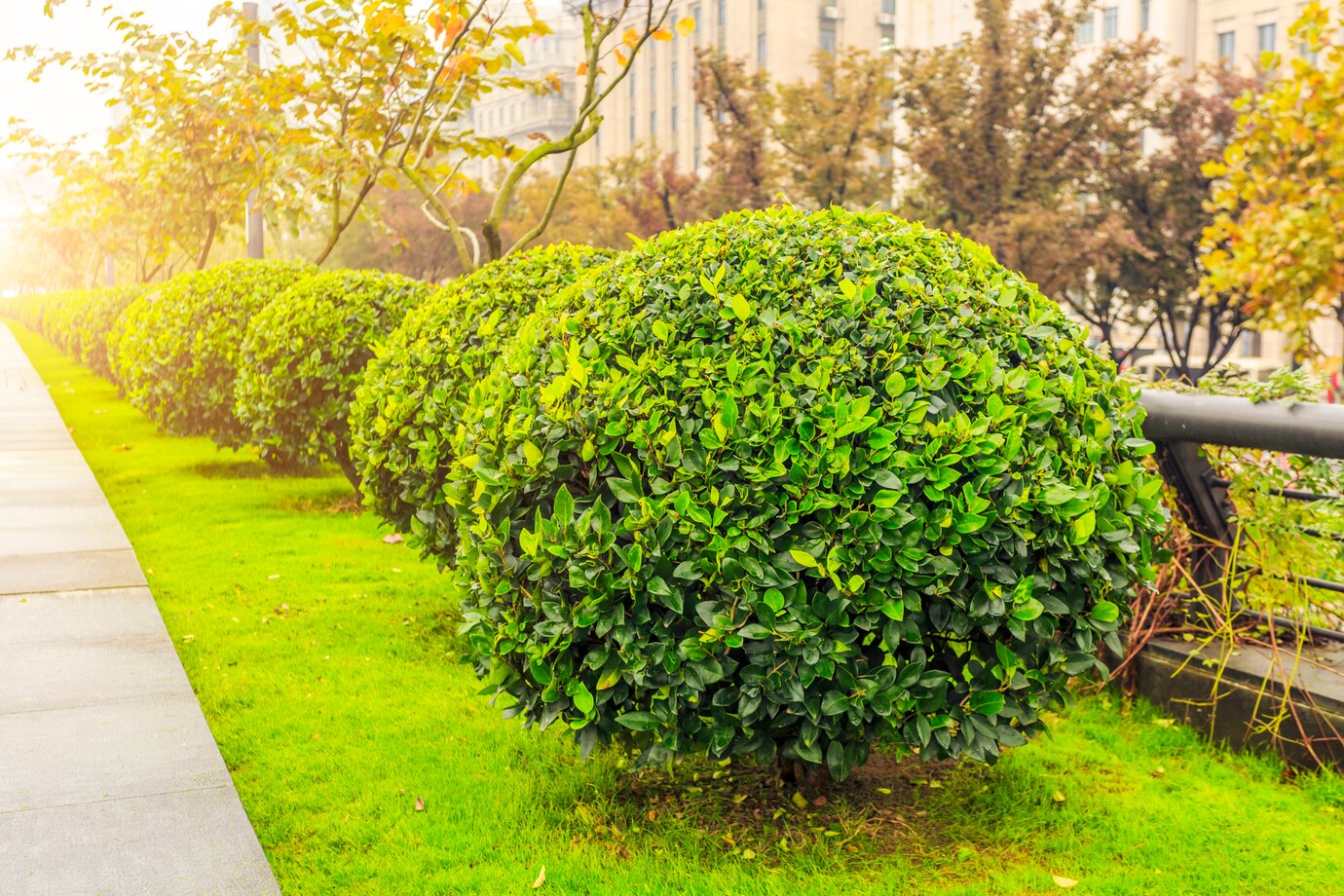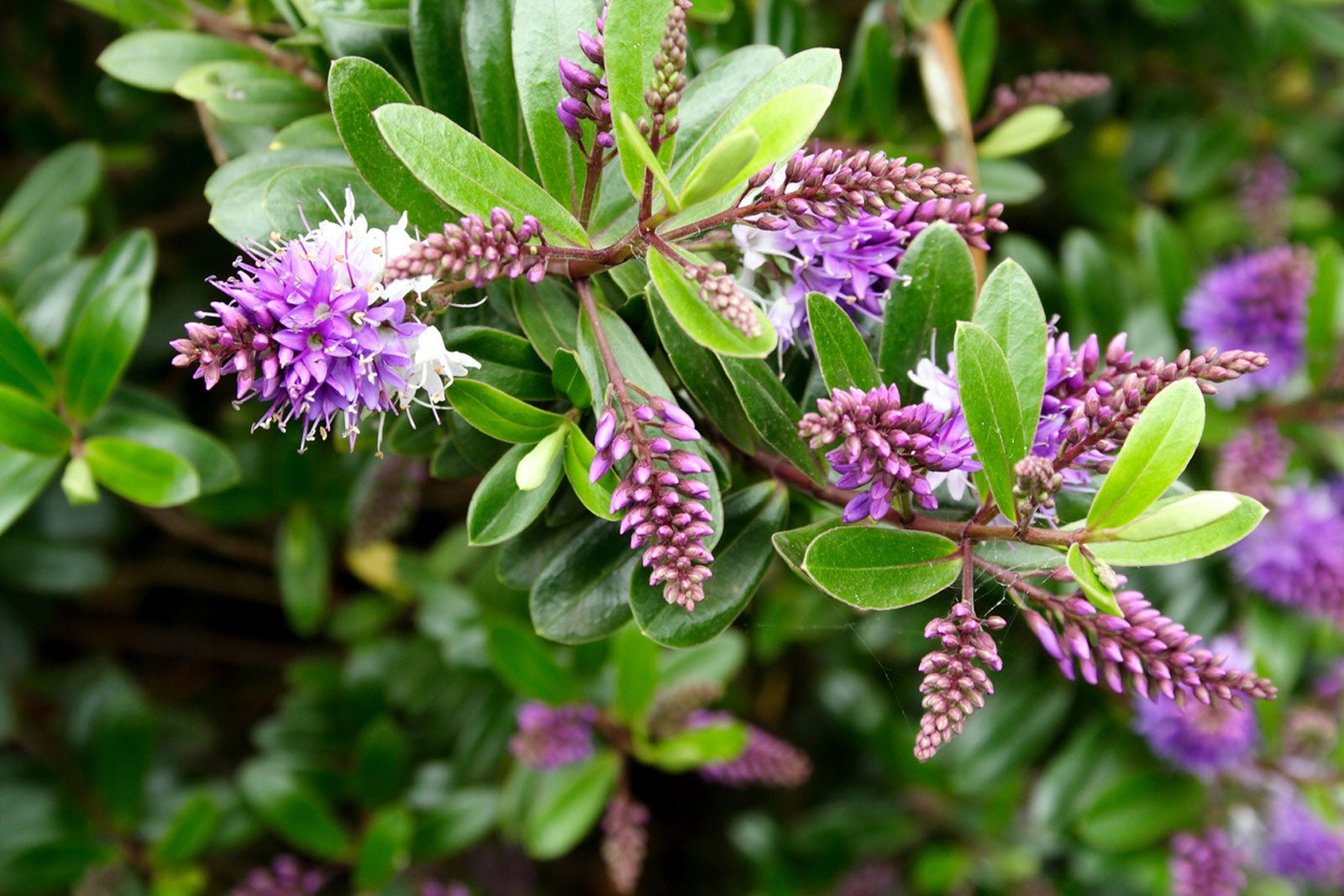Beautiful pink Azaleas are a sign that spring and warmer weather are coming. These perennial shrubs brighten gardens with vibrant red, pink, and white shades. Everyone loves them for their cheerful colors and ease of growth.
Table of Contents
ToggleHow to Grow Azaleas From Seeds
Azaleas grow easily from commercially purchased seeds or those collected from seed pods after the flowers drop. However, growing from seeds takes time because new shrubs need at least two to three years to bloom. Because of this slow process, most amateur gardeners skip seed-starting. Remember that seeds from hybrid shrubs may not produce plants identical to the parent. However, for pure azalea species, seed propagation remains a reliable method. Here’s how to do it:
- Collect seed pods once they turn brown after the first fall frost.
- Dry them indoors until they split open, then gather and clean the tiny seeds.
- In winter, fill a seed flat with sand and peat moss, moisten it, and sow the seeds on the surface. Place a clear plastic lid over the tray and place it in a warm and bright location away from direct sunlight.
- Germination should occur within two to six weeks. Once seedlings emerge, thin them out, spacing them at least two inches apart.
- When seedlings develop two sets of leaves, transplant them into small individual pots.
- Cover the pots with plastic and keep them in a sunny location. Remove the plastic after one to two weeks.
- As temperatures rise, move the pots outdoors.
- After one growing season, repot them into one-gallon pots for another year of growth; if they are large enough, plant them in the ground in the fall.
How to Care for Azaleas
Azaleas are captivated by their stunning blooms but need specific care to thrive. Paying attention to soil acidity, light exposure, and watering keeps them healthy and vibrant. Providing the right conditions ensures your azaleas flourish in the garden.
Light
Azaleas thrive in partial shade. They need a few hours of morning sun to prevent wilting on hot spring days. They can handle full sun in colder climates, while in warmer regions, they need more shade to stay healthy.
Soil
Azaleas do well in acidic soil with a pH between 4.5 and 6.0, so nursery plants often grow in peat moss. They need well-draining, fertile soil rich in organic matter. A natural mulch-like pine bark helps maintain moisture and supports healthy growth.
Water
Azaleas rely on water to bloom, and spring rain usually provides enough moisture. If the season is dry, regular watering helps keep them healthy and thriving.
Temperature and Humidity
Azalea hardiness depends on the variety, so plant selection and site choice are crucial. In cold climates, buds may fail to form, while excessive heat can scorch flowers. To prevent mildew, ensure good air circulation and avoid planting them too close to large shrubs.
Fertilizer
Azaleas do well with fertilizer. It is best to apply fertilizer in late winter or early spring, no later than the last week of March. In neutral or alkaline soils, acidifying fertilizers work well. If you’re unsure about soil composition, use a balanced 15-15-15 fertilizer with equal parts nitrogen, phosphorus, and potassium.
Pruning
Azaleas don’t require pruning, as their natural, slightly informal growth enhances their beauty. However, light pruning encourages bushier, fuller growth. Since azaleas start forming buds in summer, the best time to prune is right after the flowers drop in late spring.
Deadheading spent blooms keep the plant tidy and redirect energy into green growth. But it requires a careful touch, as next year’s buds form just below the current flowers, and pinching too aggressively can remove future blooms.
Propagating Azaleas
Azaleas take time to propagate, but stem cuttings or layering can work. Rooting stem cuttings is the easier method for most gardeners. Here’s how to do it:
- In late spring, cut five-inch-long flexible tips from new stems and remove all but the top leaves.
- Remove the bark from the bottom inch of the cutting, then dip it in the rooting hormone.
- Plant the cutting in a well-draining rooting medium, such as a 50-50 mix of peat moss and perlite or a blend of sand, vermiculite, and peat moss. Use a pot at least six inches deep.
- Gently moisten and pack the rooting mix around the cutting. Place the entire container inside a large plastic bag or clear container. Keep it in bright, indirect light.
- Check for root development by gently tugging on the stem. Roots should form within four to eight weeks.
- Once rooted, remove the plastic and continue growing the shrub in its pot, feeding it monthly.
- Keep the shrub in its pot through winter and into the following spring. When new growth appears, it’s ready for planting. During winter, move the pot to a protected area like a cold frame or an unheated porch.
Common Azalea Diseases & Pests
Azaleas are generally hardy and low-maintenance but can face pests and diseases. Common pests include nematodes, mealybugs, aphids, bark scales, spider mites, and lace bugs, which are more common on azaleas grown in full sun.
The most common diseases are petal blight, leaf spots, powdery mildew, rust, and root rot. Proper drainage and mulching help conserve moisture and reduce the risk of fungal infections and plant damage.

